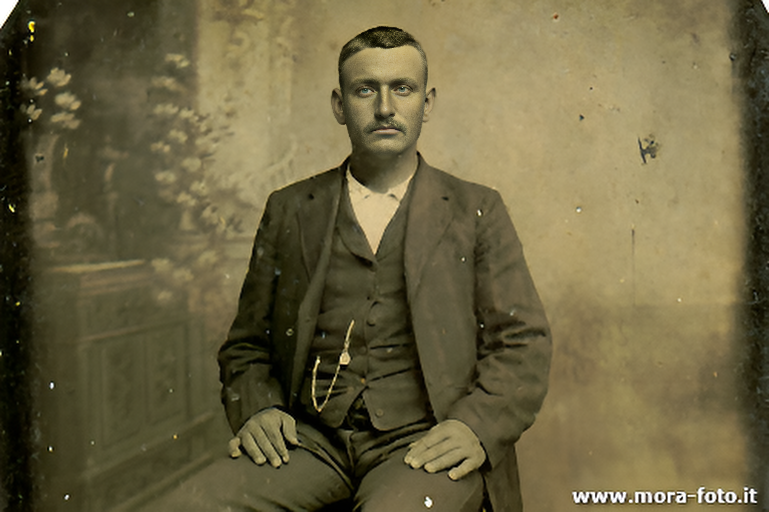Click or Drag-n-Drop
PNG, JPG or GIF, Up-to 2048 x 2048 px
Click or Drag-n-Drop
PNG, JPG or GIF, Up-to 2048 x 2048 px

SDXL Inpainting
Stable Diffusion XL Inpainting is a state-of-the-art model that represents the pinnacle of image inpainting technology. This model is a specialized variant of the renowned Stable Diffusion series, designed to seamlessly fill in and reconstruct parts of images with astonishing accuracy and detail. It's a transformative tool for artists, designers, and photo editors who require the highest fidelity in image restoration and manipulation.
SDXL Inpainting operates on a sophisticated neural network architecture that excels in understanding context and texture to perform inpainting tasks. It leverages a deep understanding of image composition to predict and regenerate missing or damaged portions of images, making them whole with a level of detail that rivals the original. The model's nuanced approach ensures that the inpainted areas blend indistinguishably with the surrounding pixels, maintaining the integrity of the artwork or photograph.
Advantages
-
High-Fidelity Inpainting: Delivers exceptional quality inpainting, capable of handling complex textures and patterns.
-
Context-Aware Regeneration: Intuitively understands the surrounding image context to provide coherent and seamless inpainting results.
-
Advanced Neural Network: Built on the robust Stable Diffusion XL framework, ensuring reliability and performance.
-
Versatile Application: Ideal for a wide range of use cases, from restoring historical photographs to creating new art pieces.
Use Cases
-
Art Restoration: Enables artists and restorers to repair damaged artwork with results that respect the original creator's vision.
-
Photo Editing: Provides photographers with a powerful tool to remove unwanted elements or repair imperfections in images.
-
Creative Design: Assists designers in creating cohesive visual content, even when working with incomplete elements.
-
Research and Archiving: Offers a solution for archivists to restore aged or deteriorating photographic documents.
-
Entertainment Industry: Can be used in film and game development to refine visual assets or generate new content from existing materials.



